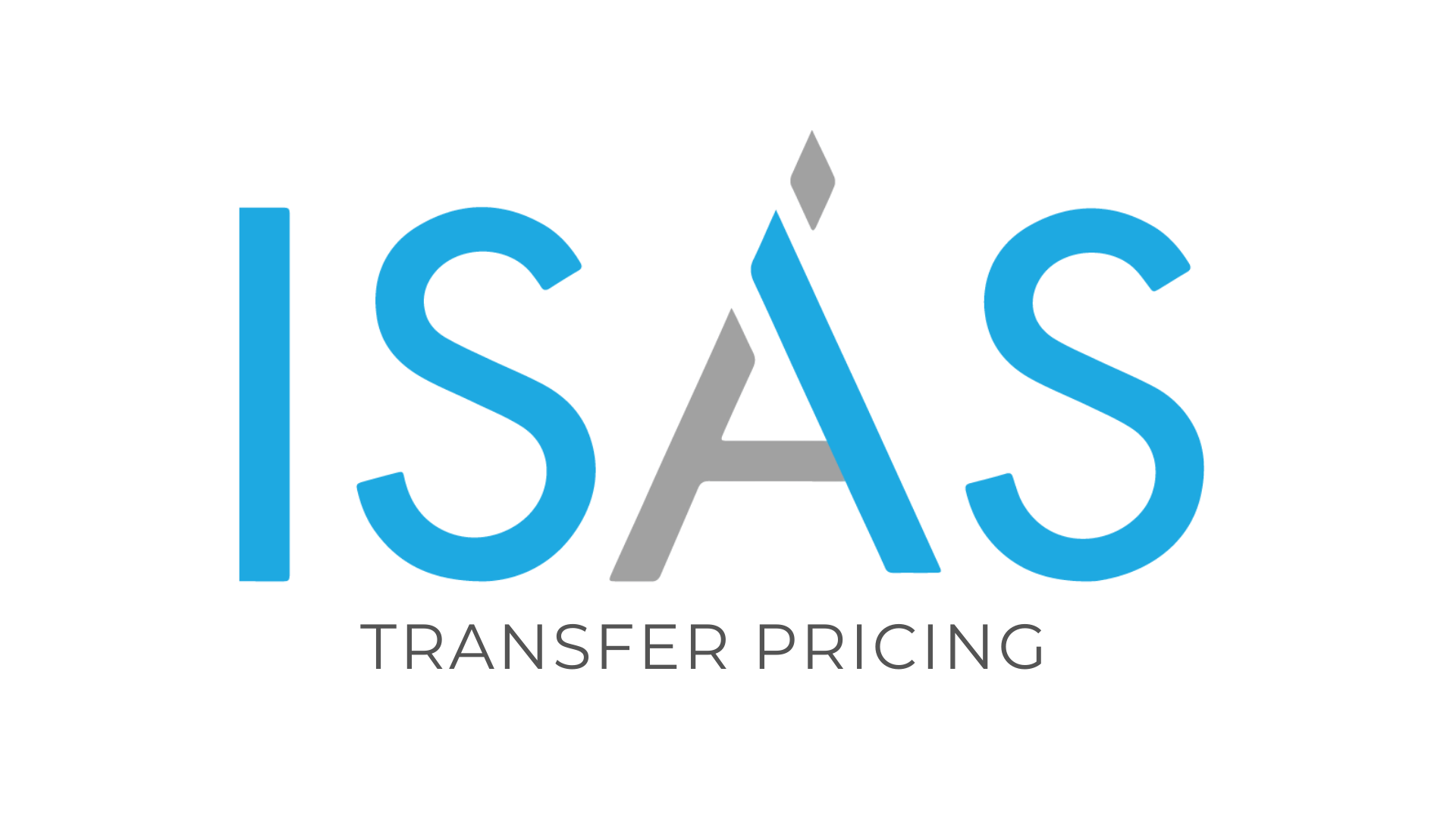Tax compliance within business groups can no longer be addressed from a single perspective. In an increasingly strict and specialized regulatory environment, companies require a cross-functional vision that integrates technical analysis, corporate structure, and legal certainty. This is where the integration of Corporate Law and Transfer Pricing becomes a key strategic advantage.
When economic analysis is supported by a clear, functional, and updated legal structure, a robust documentary and operational ecosystem is created—one that not only ensures compliance, but also shields the company from potential audits or challenges by tax authorities.
Corporate Law: The Backbone of Legal Compliance
Corporate Law is the set of rules governing the existence, operations, and both internal and external relationships of companies. It covers everything from the incorporation of entities and the design of governance bodies, to the drafting of minutes, contracts, mergers, spin-offs, and reorganizations.
A well-structured corporate framework enables companies to:
- Give legal and operational form to relationships among group entities;
- Clearly establish the responsibilities and functions of each entity;
- Create documentation supporting intercompany operations from their origin;
- Provide legal backing for business, financial, and strategic decisions.
When these structures are combined with a solid transfer pricing analysis, the position of the business group before tax authorities is significantly strengthened, demonstrating not only market value but also legal substance.
A Technical and Legal Synergy: Strategic Design Beyond Compliance
Bringing together a Corporate Law team with Transfer Pricing specialists allows the creation of a truly comprehensive compliance strategy, tailored to the real needs of each client. This synergy goes beyond simply “reviewing documents”—it means designing legal structures that align with a group’s economic functions and substantiate every reported operation with clarity.
By working in coordination, both teams:
- Validate that the legal structure is aligned with functional and operational analysis;
- Ensure that corporate bodies reflect the economic reality of each entity;
- Clearly establish internal relationships, responsibilities, and rights between parties;
- Support the drafting and legalization of minutes, agreements, and reorganizations;
- Properly document transactions such as capital increases or reductions, contributions, spin-offs, mergers, international restructurings, and internal policies.
Tailored Strategies for Every Business Group
Every company has its own history, structure, and objectives. There is no one-size-fits-all approach to tax and legal compliance. The key lies in listening to the client, understanding their operations, and proposing integrated solutions adapted to their context.
With a coordinated approach between corporate law specialists and transfer pricing experts, it is possible to:
- Diagnose tax and legal risks with a preventive focus;
- Design efficient, transparent, and sustainable corporate structures;
- Implement coherent, defensible technical and legal documentation;
- Provide complete support during tax audits and reviews.
Structure Matters as Much as Valuation
Tax authorities no longer focus solely on prices: they also review corporate minutes, bylaws, reorganizations, and any legal documents supporting group operations. In many cases, the absence or weakness of these formal elements has been sufficient to disallow deductions, apply recharacterizations, or impose adjustments and penalties.
This is why having a specialized corporate legal team working hand-in-hand with transfer pricing experts represents a true strategic advantage. It not only ensures compliance, but also enables companies to anticipate challenges, defend their position, and grow with legal certainty.
A Solid Legal Foundation for Every Economic Analysis
The integration of Corporate Law and Transfer Pricing is not a trend—it is a necessity. Companies that recognize this relationship and build strategies from both perspectives achieve better outcomes, face fewer contingencies, and operate with greater clarity.
Compliance is not just about submitting a technical report. It is about building a coherent, transparent, and defensible legal structure.
Written by: Daniel Saavedra
Recent Content
- June, 07, 2025Tax Reforms 2025
- July, 10, 2025Equity Valuation
- July, 11, 2025Business Restructuring
- July, 11, 2025Challenges and Uncertainty in
